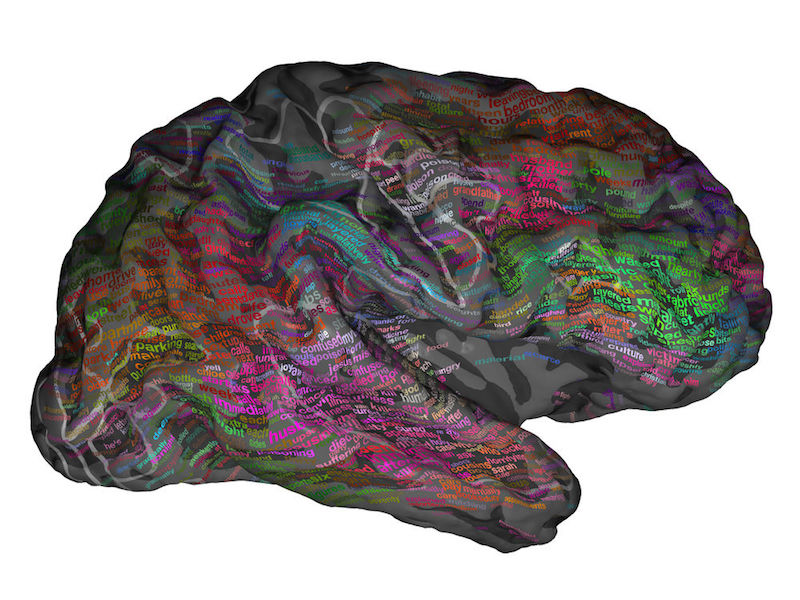22/04/2016–29/04/2016
Headlines
On April 21, Alaskan lawmakers almost unanimously passed a bill granting official recognition to the state’s twenty indigenous languages: Ahtna, Alutiiq, Central Alaskan Yup’ik, Dena’ina, Deg Xinag, Eyak, Gwich’in, Haida, Hän, Holikachuk, Inupiaq, Koyukon, Siberian Yup’ik, Tanacross, Tanana, Tlingit, Tsimshian, Unangax, Upper Kuskokwim and Upper Tanana. Bill 216 “does not require or place a duty or responsibility on the state or a municipal government to print a document or record or conduct a meeting, assembly, or other government activity in any language other than English”; however, as University of Alaska Southeast professor Lance Twitchell noted, “all we want is equal value”. The Bill now awaits Governor Sean Parnell’s signature before it can become law.
The Klingon language controversy, with Paramount and and CBS claiming entitlement to the Star Trek language after a fan film production made use of the language, continues unabated. The production team recently argued that Paramount and CBS cannot claim ownership over a “useful system”; Paramount and CBS have countered with the assertion “a language is only useful if it can be used to communicate with people, and there are no Klingons with whom to communicate,” which has then prompted the production team to issue an Amicus brief filled with Klingon (and in Klingon orthography) calling Paramount and CBS, among other things, Dogh (“pathetic”) and nguq (“arrogant”).
The government of the United Kingdom recently made the decision to cut all funding, effective immediately, that had previously been allotted in order to support the development and preservation of the Cornish language – up to £150,000 per year. Politician Tim Farron has called said decision a “betrayal”.
Commentaries and Features
How is meaning organised in our brains? In a recently published article in the journal Nature, researchers have mapped out the “semantic atlas” of our minds using 3D imaging technology combined with fMRI studies. They found that “certain regions of the brain are associated with certain word meanings. For example, hearing language about people tends to activate one area of the brain, about places in another, and about numbers in a third”, reported Popular Science.
As the Alaskan Indigenous Languages Bill now makes its way to the Alaskan governor’s desk, KNBA News profiles Yup’ik and Tlingit language education efforts in the state, and argues that to succeed, indigenous language efforts must be supported by state resources and funds.
Researchers at the University of Edinburgh have found that learning a second language, even for the short term, can improve mental alertness and attention abilities. The study also found that regular practice of the new language leads to more improvement in these mental functions.
Wearable sign language translation gear? The Daily Mail reports on the developments in sign language translation using wearable technology, such as the prize-winning gloves recently developed by two University of Washington students called SoundAloud, gloves developed by a Ukrainian team called EnableTalk, and an automatic sign language translator and Braille glove-reader developed by researchers from New Zealand and Malaysia.





6 Responses to “This week in languages: April 29, 2016”
사천출장샵
Your skin is beautiful as well as yours. Girls follow you and implement on y사천출장샵our techniques. More, New Automotive Locksmith Services in San Antonio TX has come that makes your Automobile secure. You can get this service from our experts.
mary phiri
The article highlights language diversity and revitalization efforts for endangered languages like Hawaiian. While AI like ChatGPT can converse in many languages, it lacks the cultural connection that gives languages their depth and meaning. Overall, the piece thoughtfully explores language preservation and the value of linguistic diversity worldwide. More perspectives like this are needed.
account binance aperto
Thank you for your sharing. I am worried that I lack creative ideas. It is your article that makes me full of hope. Thank you. But, I have a question, can you help me?
Monique Stephens
The map in Subway Surfers is vividly designed, providing a great visual experience with many interesting details such as rails, trains and unexpected turns.
binance
I don’t think the title of your article matches the content lol. Just kidding, mainly because I had some doubts after reading the article.
Mag-sign up sa Binance
Thank you for your sharing. I am worried that I lack creative ideas. It is your article that makes me full of hope. Thank you. But, I have a question, can you help me?